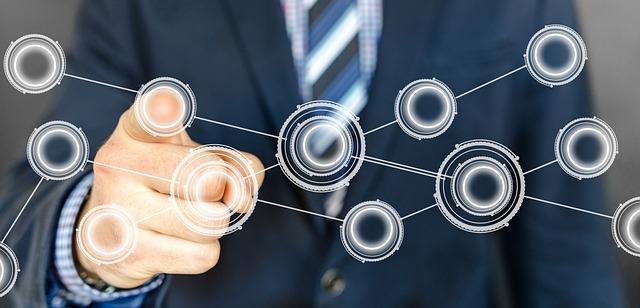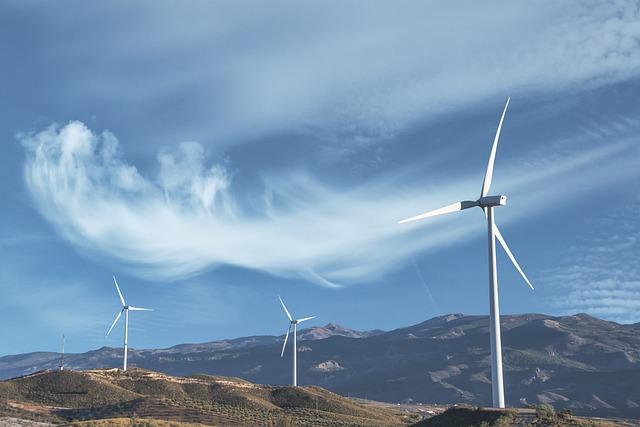- Introduction to Smart Energy Distribution
- What is Smart Energy Distribution?
- Top Benefits of Smart Energy Distribution
- How Smart Grids Power Smart Energy Distribution
- Challenges in Implementing Smart Energy Systems
- Conclusion
- FAQs
- References
Introduction to Smart Energy Distribution
The traditional approach to energy distribution is evolving into a more dynamic and intelligent system known as Smart Energy Distribution. As the global demand for energy rises, combined with an urgent need for greener practices, smart technologies are helping to optimize how electricity is generated, distributed, and consumed. This article delves deep into the components and benefits of smart energy distribution, the role that smart grids play, the challenges standing between us and a fully digitalized energy ecosystem, and what the future holds.
In the following sections, we'll explore:
- What is Smart Energy Distribution? - Defining the concept and components
- Benefits of Smart Energy Distribution - The positives for consumers, the environment, and energy providers
- How Smart Grids Play a Role - Understanding how technology enables better electricity management through automation and data
- Challenges in Implementation - Barriers such as cost, cybersecurity, and infrastructure that must be overcome
Let's dive deeper into how this exciting technology will revolutionize how energy is delivered!
What is Smart Energy Distribution?

(Image: Pixabay/@51581)
Smart Energy Distribution refers to the digitalization and modernization of traditional electrical energy distribution networks. At its core, smart energy distribution involves integrating advanced IT and communication technologies into the energy grid to make it more adaptive, automated, and efficient. These innovations aim to balance supply and demand more accurately and incorporate renewable energy sources more effectively. The result is a system where energy flow can be controlled with precision while ensuring higher reliability and efficiency.
A significant feature of smart energy distribution is the implementation of smart meters and devices connected to a central system. These devices allow for real-time monitoring and controlling of electricity usage at both consumer and supplier ends. Additionally, sensors and data analytics improve fault detection and streamline repair processes, ultimately increasing grid resilience against power outages.
Moreover, smart energy distribution leverages decentralized power generation, where energy can be produced on a smaller scale (e.g., solar panels on rooftops), stored, and sold back to the grid during peak usage periods. This drastically reduces dependency on large, centralized power plants and paves the way for increased reliance on cleaner energy sources such as wind and solar.
Ultimately, smart energy distribution is the backbone of the modern energy economy, enabling smarter control, rigorous data collection, and transparency for all stakeholders.
Top Benefits of Smart Energy Distribution

(Image: Pixabay/@Pexels)
The shift toward a smart and connected energy grid isn't only a technological revolution—it's one filled with tangible advantages for consumers, businesses, and the planet. Below are some major benefits:
1. Increased Energy Efficiency
Smart energy distribution can dramatically reduce wasted energy by optimizing energy flow based on actual consumption patterns rather than estimated needs. For instance, smart grids react swiftly to balance supply with demand in real-time, reducing unneeded energy production and decreasing fuel consumption in power plants.
2. Enhanced Reliability and Resilience
One of the most critical advantages of these new grid systems is their ability to detect malfunctions or interruptions in service faster than traditional grids. Because they use cutting-edge sensors and automation technologies, repairs can be predicted or even act preventatively. This decreases the likelihood of blackouts or large-scale disruptions.
3. Integration of Clean Energy
Renewables now play a pivotal role in the world’s future energy landscape, but their intermittent nature historically made managing a stable grid difficult. Smart energy distribution supports seamless integration of renewable sources like wind, solar, and hydropower into national electrical networks. Through advances in energy storage and real-time analytics, smart grids manage sudden influxes of green energy and ensure it meets demand when needed.
4. Empowering Consumers
Lastly, smart meters installed in homes give users a better understanding of their energy usage. For example, homeowners can adjust appliance behavior based on real-time price signals sent from grid operators, lowering their bills and participating actively in energy savings schemes.
How Smart Grids Power Smart Energy Distribution

(Image: Pixabay/@geralt)
The smart grid is a significant enabler of smart energy distribution. But what exactly is a smart grid? A smart grid isn’t just an upgraded version of the outdated energy grid; it represents a complete rethinking of how transmission, distribution, and consumption should work together.
Traditional electrical grids are linear, meaning energy moves from a producer to a consumer via a network of power lines, substations, transformers, and meters. In contrast, a smart grid creates a bi-directional communication flow. Information about energy consumption, prices, peaks, and downtimes is shared across the network and can be acted upon immediately.
Components of a smart grid include smart meters in homes, automated substations, control centers equipped with real-time data analytics, and cybersecurity systems designed to manage and protect the network from potential vulnerabilities. These elements communicate with one another to ensure energy efficiency and load balancing, resulting in more effective grid management.
As a result, smart grids make it possible to respond to challenges like integrating renewables, reducing greenhouse gas emissions, and managing growing peak demand without necessitating the construction of new power plants.
Challenges in Implementing Smart Energy Systems

(Image: Pixabay/@geralt)
While smart energy distribution offers numerous benefits, it doesn't come without hurdles. Transitioning to an interconnected, data-driven energy system requires overcoming several financial, technical, and social challenges.
1. High Initial Infrastructure Costs
One of the most evident challenges is the upfront cost necessary to implement smart energy systems on a wide scale. Upgrading traditional grids with sensors, meters, and control stations demands significant investment—not just in technology but also in labor and logistics.
2. Data Privacy and Cybersecurity Concerns
As energy distribution becomes more digital and reliant on data, there is a greater concern over data privacy and cybersecurity threats. Breaches could have devastating consequences, potentially exposing households’ consumption patterns or, even worse, disrupting power services nationwide. Comprehensive, robust security measures are essential to protect the system.
3. Balancing Regulations
The energy industry is one of the most regulated sectors due to its critical importance. Adapting existing regulation frameworks to accommodate for the newer, faster innovations in smart energy distribution remains a major challenge. Policymakers are tasked with encouraging innovation while simultaneously maintaining consumer protection laws and environmental standards.
4. Public Awareness and Adoption
Educating the general public about the opportunities presented by smart energy systems is crucial. Without a high degree of public buy-in, it will be tough to roll out smart grids effectively. Consumers need to realize the benefits not only in terms of energy saving but also in contributing to broader environmental initiatives.
Conclusion
Smart Energy Distribution is undeniably the future of global energy management. It offers unparalleled opportunities to modernize how we produce, distribute, and consume electricity. With its benefits for energy efficiency, reliability, and clean energy integration, it stands as a cornerstone in achieving sustainability goals. However, much like all innovative technologies, it brings its own set of challenges. As these barriers are systematically addressed, the vision of a cleaner, more efficient energy world moves closer to reality.
FAQs
What is smart energy distribution?
Smart energy distribution refers to the process of using advanced IT and automation within the energy grid to monitor, manage, and optimize the flow of electricity in real-time, making it highly efficient and reliable.
How does a smart grid work?
A smart grid uses bi-directional communication between producers and consumers via smart devices to monitor and manage energy demand, leading to improved efficiency and integration of renewables into the grid.
What are the key benefits of switching to smart energy distribution?
Some key benefits include enhanced reliability, lower energy waste, improved energy efficiency, better integration of renewable sources, and empowerment of consumers to better manage their energy consumption.
What challenges are faced in implementing smart energy systems?
The main challenges include high initial costs for upgrading infrastructure, cybersecurity risks, regulatory hurdles, and public awareness of the benefits.

